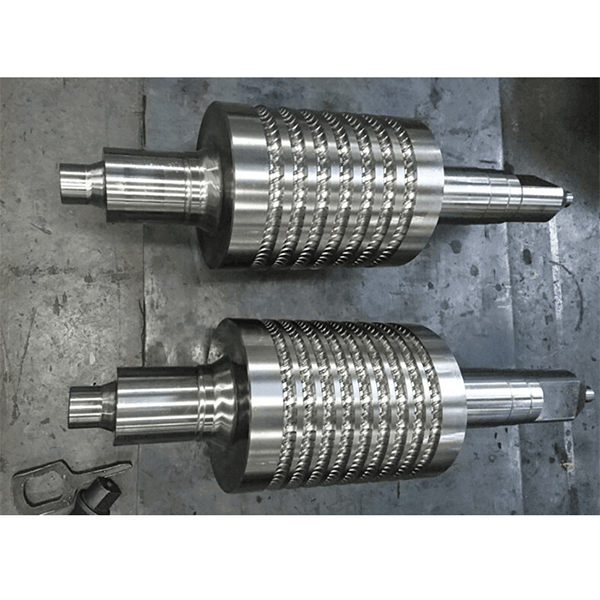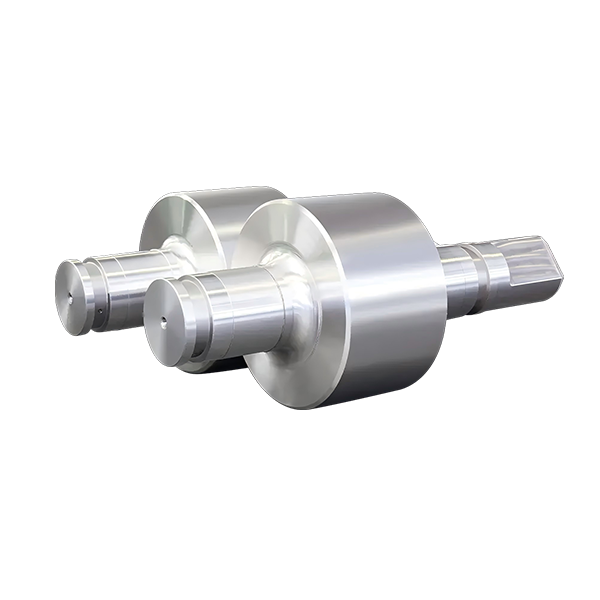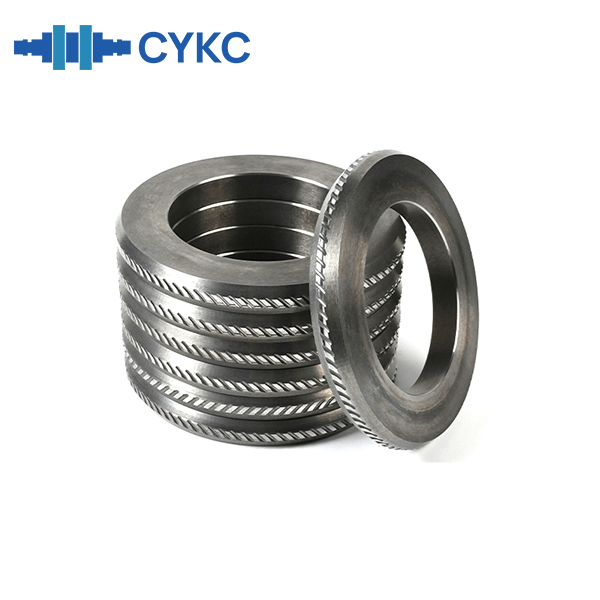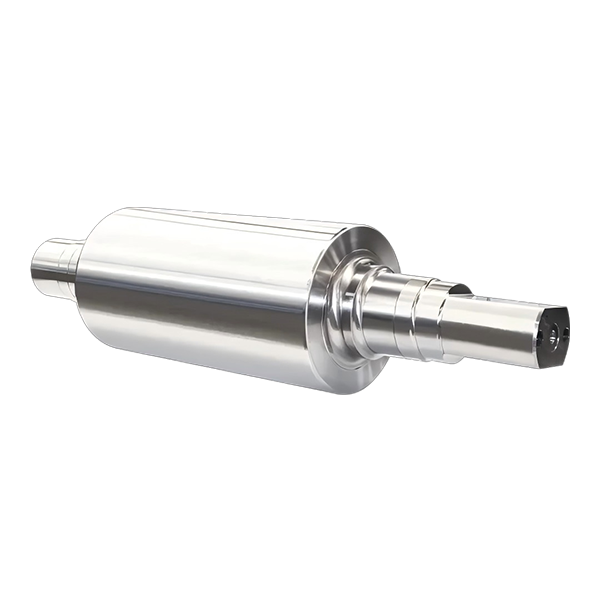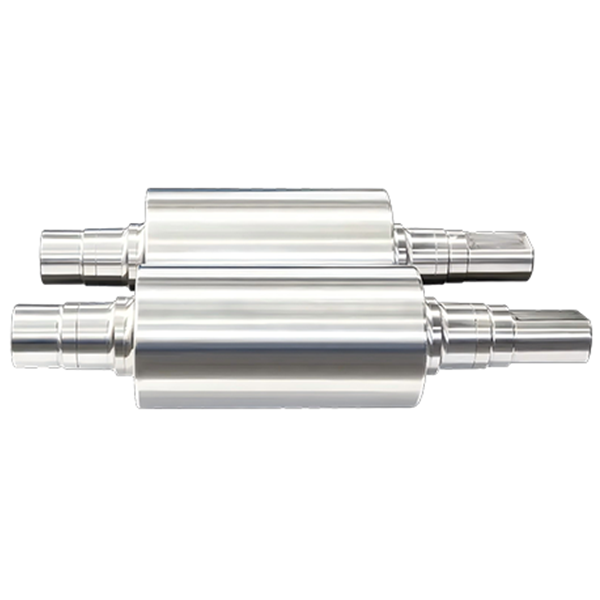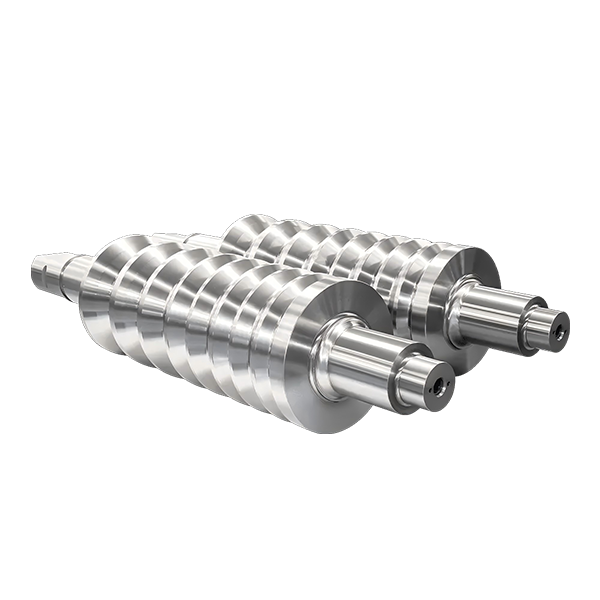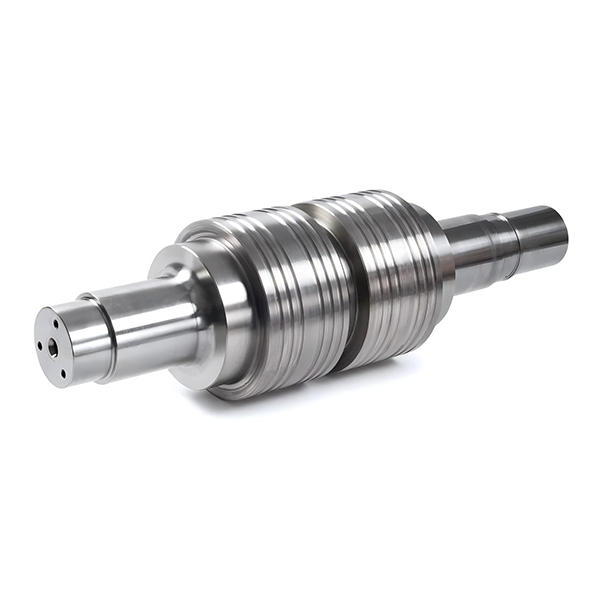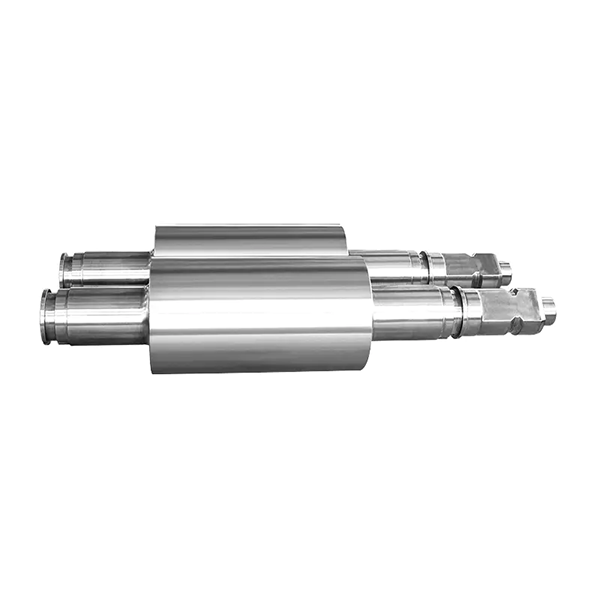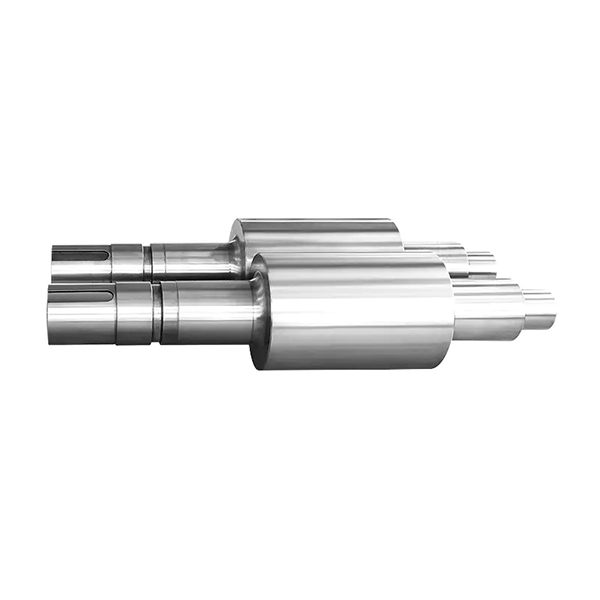Introduction
Rolling mill rolls face high loads, bending, and friction. After a service cycle, rolls need grinding to remove surface defects and restore their shape.
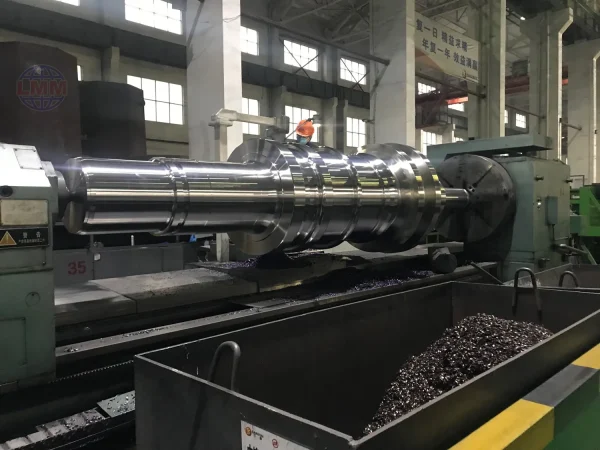
Grinding Requirements
Rolls are made of iron-based alloys with carbide phases. Cr5 rolls are common. A typical grinding depth is 0.2–0.3 mm. Regrinding may remove more than 0.1 mm if the roll fails initial inspection.
Role of Cutting Fluid
Cutting fluid must:
Cool effectively
Clean debris.
Prevent surface scratches.
Proper fluid reduces surface damage and improves grinding performance.
Grinding Wheel Selection
Choosing the right grinding wheel is essential. For hardened rolls, alumina wheels are commonly used.
Common defects and causes:
Roll shape distortion: Wheel too soft.
Surface vibration (chatter): Wheel too hard or feed too fast.
Spiral lines (feed marks): Incorrect dressing or high traverse speed.
Surface pitting: Coolant failure or poor filtration.
Surface tearing: Wheel too hard, low self-sharpening ability.
Fixes include:
Adjust wheel hardness.
Lower feed and traverse speeds.
Improve coolant filtration.
Match grinding parameters to roll material.
Microcracks and Surface Burn
Heavy feed or poor cooling can cause tiny thermal cracks. These cracks are difficult to detect without high-sensitivity eddy current or ultrasonic testing.
If unnoticed, these cracks may lead to serious roll failure like spalling or breakage during use.
Conclusion
Grinding rolls is a precise task that balances machine performance, coolant quality, and grinding wheel choice. Controlling parameters ensures high surface quality, reduces downtime, and prevents dangerous roll failures.
CYKC GROUP
Email: cykc@cykcgroup.com.cn
Website: www.cykcgroup.com.cn
Location: China
Our professional technical team is ready to support your rolling mill operations.


